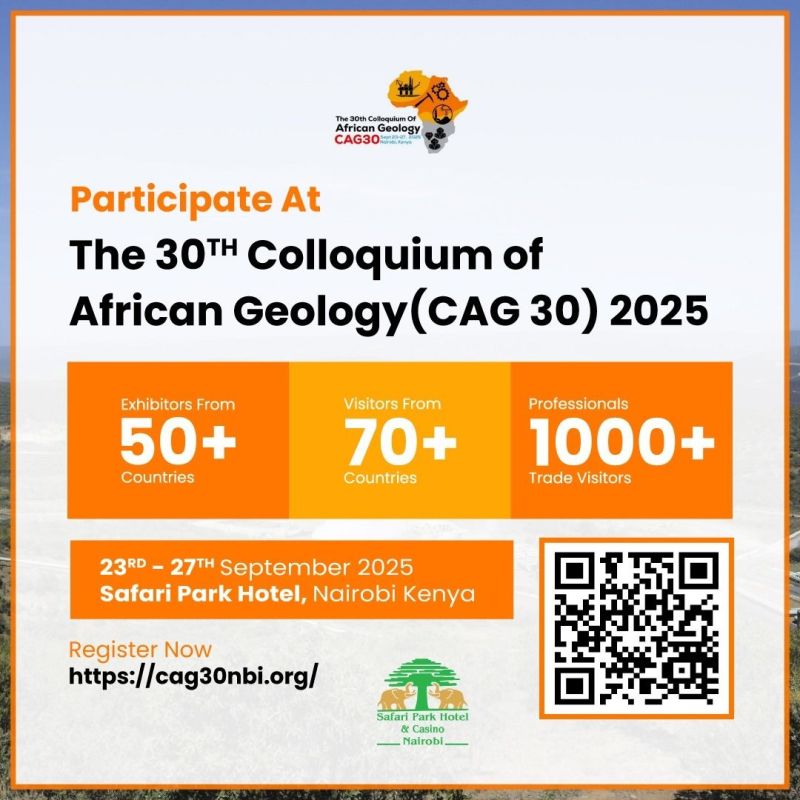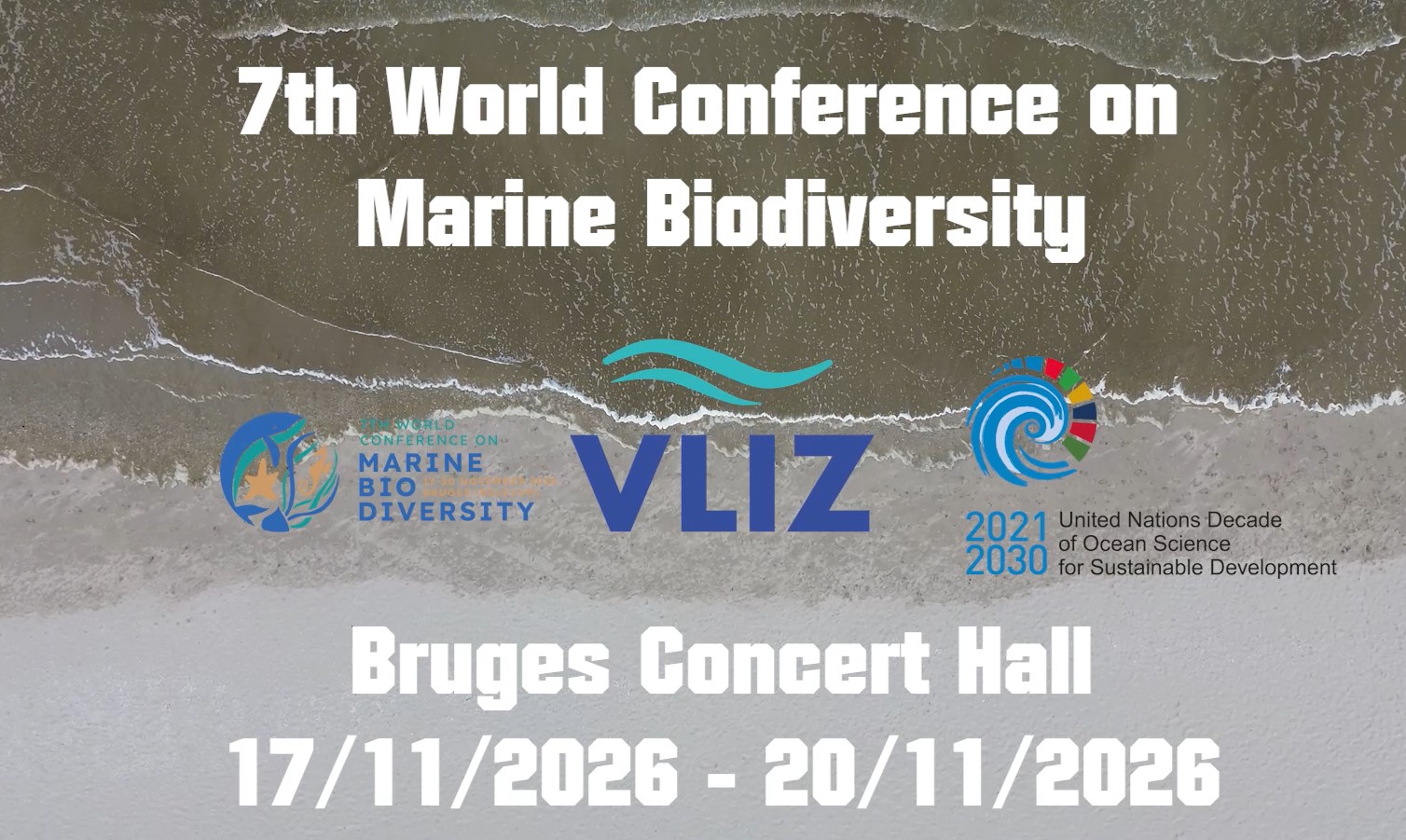South Africa’s Tharisa plc, dual-listed on the JSE and LSE, has unveiled a decisive step in its evolution — transitioning from openpit to underground mining — with first underground ore production scheduled for the second quarter of 2026. This milestone marks the beginning of a new era for the company’s namesake platinum group metals (PGMs) and chrome mine located on the western limb of the Bushveld Complex in the North West province. The strategic shift is designed to extend the mine’s life well beyond 2034 while improving efficiency, reducing costs, and minimizing environmental impact.
Tharisa CEO Phoevos Pouroulis announced the development roadmap during an October 3 presentation, emphasizing the transformation as both a natural and visionary progression for the company. “We’ve been an opencast miner for the last 15 years of our existence, and as we deplete our openpit resources, we now transition from the openpit to start with underground mining,” Pouroulis said. “We’ve been studying and contemplating this for a number of years. We’ve always planned to go underground, but it gives us the opportunity to redefine our resources, to innovate again with purpose and to empower futures.”
The move underground is expected to sustain annual production of 5.6 million tonnes and establish a long-term, stable supply of PGMs and chrome concentrates for global markets. The company’s openpit resources are projected to deplete within the next decade, making this transition both timely and strategic. Tharisa’s new underground model leverages a shallow orebody that allows for mechanised, on-reef development — a design that reduces waste handling, capital intensity, and environmental footprint. This mechanised approach promises cleaner run-of-mine ore, improved plant performance, and greater recovery rates of both PGMs and chrome.
The underground development, budgeted at $547 million, will be executed in two phases through the Apollo and Orion complexes. Apollo will be the first to enter production, with make-safe work expected by August 2025 and development starting in early 2026. The first ore is targeted for the second quarter of 2026, with a gradual ramp-up to steady-state production of 255 000 tonnes per month by the third quarter of 2029. Orion will follow with portal development in 2031 and first ore later that year, reaching full production of 210 000 tonnes per month by the third quarter of 2033, with expansion potential to match Apollo’s capacity. Together, these two complexes will form the cornerstone of Tharisa’s underground operations for decades to come.
A definitive feasibility study (DFS) has been completed for an initial ten years of underground mining, primarily focusing on the MG2 and MG4 chromitite layers at depths around 450 metres. The study incorporated 639 diamond drillholes totaling 80.6 km — including 97 within the underground footprint — providing detailed structural, geotechnical, and hydrological insights that informed the mine’s optimized design for long-term stability and efficiency. Based on the DFS, Tharisa declared measured and indicated resources of 60.7 million tonnes grading 1.71 g/t (6E PGMs) and 19% Cr₂O₃, and proved and probable reserves of 30.4 million tonnes at 1.45 g/t 6E PGMs and 16.4% Cr₂O₃.
The orebody’s geometry supports a mechanised bord-and-pillar mining method aimed at maximizing recovery, improving safety, and enhancing operational consistency. The on-reef development approach allows direct access to ore with minimal waste removal, improving grade control and reducing dilution. This translates to lower costs and a smaller environmental footprint. The method also aligns with Tharisa’s sustainability goals by lowering diesel consumption, requiring smaller machinery fleets, and limiting surface disruption.
The underground transition will be executed using a phased portal strategy, starting with Apollo. Three access points will be developed to optimize reef entry and minimize geological and technical risks. Orion will later replicate this model to ensure uniformity and operational synergy. As part of the transition, Tharisa will retrain existing openpit employees for underground roles through a structured workforce integration plan, ensuring job preservation and skill development.
The supporting infrastructure for the new underground operation has been designed for safety, scalability, and efficiency. A fleet of around 140 trackless mobile machines — including load-haul-dump vehicles, trucks, bolters, scissor lifts, and graders — will be deployed at Apollo under a contractor mining model. Ventilation systems will ensure adequate airflow and air quality, while the electrical network is being built with redundancy to support dewatering, ventilation, and charging systems.
Financially, the Apollo complex carries a capital cost of $363 million, with Orion requiring $184 million, and peak funding estimated at $173 million. The company reported cash reserves of $165 million as of June 2025, supplemented by an $80 million term loan, a $50 million revolving credit facility, and $45 million in asset-backed finance. Tharisa’s financial model assumes a PGM basket price of $1 633/oz, yielding an internal rate of return exceeding 25%.
According to Pouroulis, the underground operation will not only sustain Tharisa’s PGM and chrome output but also enhance the quality and value of its product mix. By focusing on reef-specific mining instead of blended material, the company expects improved grade control and reduced processing inefficiencies. Chrome production is projected to rise, and PGM recoveries — particularly of metals currently in global supply deficit — will improve through refined metallurgical processes.

Preparatory works are already underway, including the installation of critical services, modular facility construction, and high-wall stabilization. The company has completed its operational readiness and environmental studies, with final regulatory approvals pending.
Pouroulis concluded that the underground transition represents more than just a change in mining method — it signifies a sustainable evolution for Tharisa’s future. “This is about securing the next generation of value creation, innovation, and opportunity. Our underground mine is designed to deliver a lower-cost, lower-impact, and higher-value future for Tharisa and the communities around us,” he said.
With first ore expected by Q2 2026, Tharisa is poised to redefine the future of mechanised underground PGM and chrome mining in South Africa — setting a benchmark for innovation, efficiency, and sustainability in the global mining industry.















